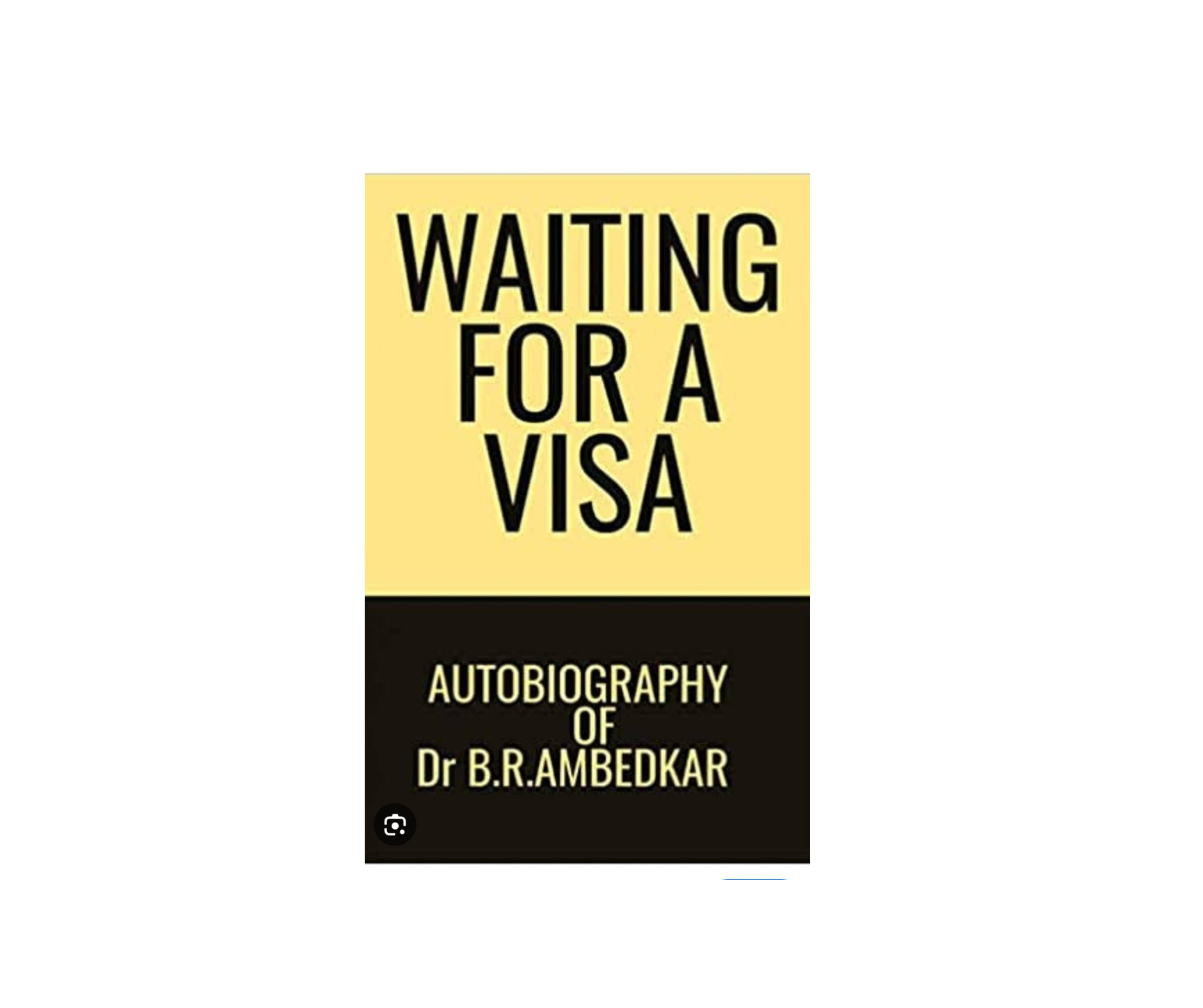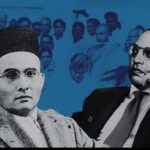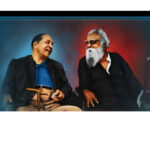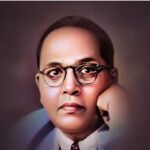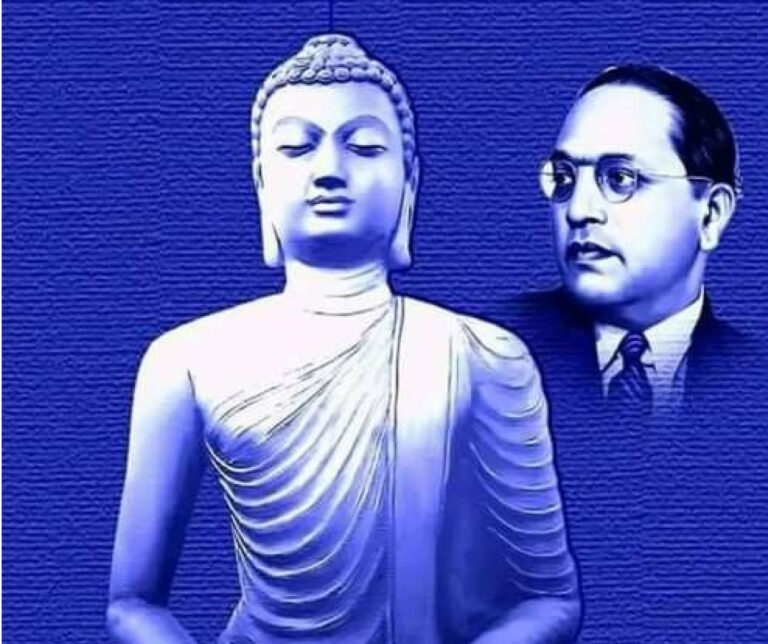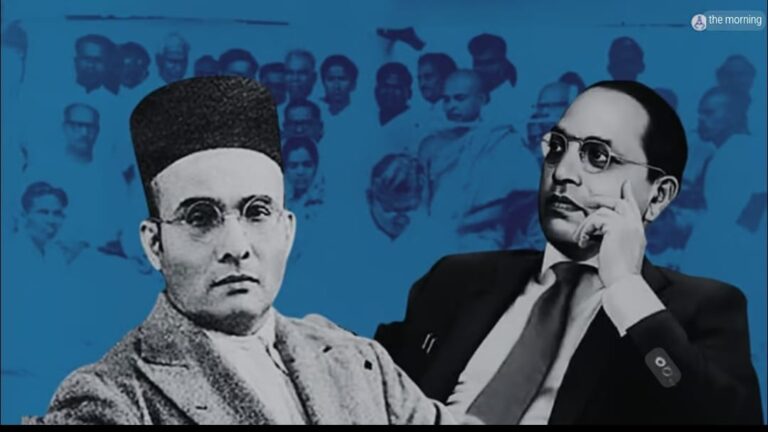More Than Just a Life Story
When we think of autobiographies, we imagine personal stories of success and struggle. But Dr. B.R. Ambedkar autobiography book is different—it’s not just his life story; it’s the story of millions of oppressed Indians fighting for dignity.
Unlike Gandhi’s “The Story of My Experiments with Truth”, Ambedkar’s autobiographical writings are scattered across speeches, essays, and letters. The most famous compilation is “Waiting for a Visa”, a shocking account of the humiliations he faced as an “untouchable.”
In this article, we explore:
✔ Why Ambedkar’s autobiography is unique
✔ Key incidents that shaped his fight against caste
✔ How his personal struggles became India’s battle for justice
✔ Where to find his autobiographical writings
The Unfinished Autobiography:
Surprisingly, Ambedkar never wrote a complete autobiography. But his life’s story is pieced together from:
- “Waiting for a Visa” (1935-36) – A 20-page autobiographical essay
- Speeches in the Constituent Assembly
- Letters to newspapers and British officials
- Books like “Annihilation of Caste” (where he shares personal experiences)
Why didn’t he write a full memoir?
- He was too busy fighting for Dalit rights to focus on his own story.
- He believed, “My life is not important—the movement is.”
“Waiting for a Visa”: The Shocking Autobiographical Essay
“Waiting for a Visa” is not a traditional book but a 20-page autobiographical essay written by Dr. B.R. Ambedkar in 1935-36. This short but powerful essay describes six real-life incidents where Ambedkar faced brutal caste discrimination, shaping his fight for social justice.
Unlike a typical memoir, this essay is raw, unedited, and deeply personal—showing how even a scholar like Ambedkar was treated as “untouchable.”
Chapter 1: Childhood Humiliation (School Days)
Key Incident:
- Young Ambedkar was not allowed to touch the school’s water pot.
- A peon would pour water into his hands from a height—if he felt like it.
- If Peon were absent during those days, he would have stayed thirsty. “No peon, no water,” he writes, no one to pour for an “untouchable”. It’s a kid’s pain, raw and real.
Why It Matters:
- Shows how caste discrimination starts in childhood.
- Explains why he later fought for public water access in the Constitution.
Chapter 2: Baroda Job Struggle
Key Incident:
- After returning from Columbia University (USA), he got a job in Baroda.
- Upper-caste clerks refused to hand him files—threw them at him instead.
- No landlord would rent him a room—he had to live secretly in a Parsi inn.
- When discovered, he was kicked out and slept in a public garden.
Why It Matters:
- Proves that education didn’t protect him from caste hate.
- Inspired his later fight for workplace equality laws.
Chapter 3: The Bombay Train Incident
Key Incident:
- Even as a qualified lawyer, he was thrown out of a first-class train compartment for being Dalit.
- The stationmaster mocked him: “You people should know your place.”
Why It Matters:
- Shows caste followed him everywhere—even in “modern” spaces like trains.
- Led to his famous quote: “I was born a Hindu, but I will not die one.”
Chapter 4: The Hotel Rejection
Key Incident:
- While studying in New York, an Indian Brahmin student refused to share a room with him.
- The hotel staff, unaware of caste, asked: “Why won’t you stay with your own countryman?”
Why It Matters:
- Exposes how caste discrimination traveled abroad.
- Made him realize that only the annihilation of caste could bring freedom.
Chapter 5: The Political Betrayal
Key Incident:
- Promised support by upper-caste leaders for Dalit rights, but they backed out last minute.
- One leader told him, “Your people aren’t ready for equality.”
Why It Matters:
- Shows how political allies exploited Dalits.
- Convinced him that Dalits needed their own movement.
Chapter 6: The Final Humiliation
Key Incident:
- Invited to speak at a conference, no hotel would house him.
- Had to sleep in a car while upper-caste attendees stayed comfortably.
Why It Matters:
- Proves even fame couldn’t shield him from untouchability.
- Pushed him to convert to Buddhism in 1956.
Other Autobiographical Writings
1. My Autobiography
The Ambedkar autobiography book isn’t without hiccups. Some listings on Amazon.in confuse it with biographies or other works like My Autobiography by other authors. It is a collection of Babasaheb’s words from his speeches and writings.
Reviews note: “This is not an autobiography of Dr. B.R. Ambedkar; it’s written by someone else”. Stick to waiting for a Visa for his voice.
2. “Annihilation of Caste”
- While not an autobiography, it contains personal experiences of caste oppression.
- Explains why he rejected Hinduism and called for its reform.
3. His Letters to Others
- Wrote about being denied housing, jobs, and basic respect despite his qualifications.
- Showed how caste followed him even in England, where Indian students avoided him.
3. Constituent Assembly Debates
- Shared stories of discrimination while arguing for reservations and equality laws.
Why Ambedkar’s Autobiography Matters Today
1. Exposes Hidden Apartheid
- Most Indians don’t realize how deep caste hatred runs.
- His experiences mirror modern-day lynchings, segregation in villages.
2. Inspires Millions
- Shows how education became his weapon against oppression.
- Motivates Dalit students fighting discrimination today.
3. Legal Foundation
- His personal struggles shaped Constitutional rights like:
- Abolition of Untouchability (Article 17)
- Reservations (Articles 15-16)
- Right to Equality (Article 14)
Where is Ambedkar’s Autobiographical Works
| Book/Essay | Key Focus | Best For |
|---|---|---|
| “Waiting for a Visa” | Personal caste struggles | Quick, powerful read |
| “Annihilation of Caste” | Why caste must be destroyed | Deep philosophical insight |
| “Dr. Ambedkar: Life and Mission” (Dhananjay Keer) | Detailed biography | Full life story |
| “The Essential Writings of B.R. Ambedkar” (Valerian Rodrigues) | Speeches, letters | Scholarly research |
What If Ambedkar Had Written a Full Autobiography?
Experts say it would have:
✔ Exposed more hidden caste atrocities
✔ Explained his conflicts with Gandhi and Nehru
✔ Detailed his conversion to Buddhism
But perhaps he left it unfinished because his story is still being written—in every Dalit student who graduates, every inter-caste marriage, every fight for justice.
Key Lessons from “Waiting for a Visa”
- Caste is Worse Than Racism
- Unlike racial segregation, caste follows you even if you’re educated/rich.
- Laws Alone Aren’t Enough
- Needed: Social revolution + legal change (why he wrote the Constitution).
- Why He Rejected Hinduism
- “No religion that treats humans like animals deserves respect.”
Where to Read It?
- Free PDF: Available on government education websites.
- Print Version: Published as part of “Dr. Babasaheb Ambedkar: Writings and Speeches” (Vol. 12).
How Ambedkar’s “Waiting for a Visa” Shaped India’s Constitution
The personal humiliations Ambedkar faced, as documented in Waiting for a Visa, directly influenced key constitutional provisions:
1. Water Discrimination → Right to Public Access (Article 15)
- Childhood trauma of being denied water led to constitutional guarantees against discrimination in:
- Public wells (Article 15(2))
- Shops, restaurants, hotels (Article 15(2))
- Educational institutions (Article 15(4))
Modern Impact:
- 2022 Supreme Court ruling mandating drinking water in all schools
- 68% of rural Dalits still face water segregation (NSO 2023)
2. Housing Denial → Property Rights (Article 19)
- Being homeless in Baroda inspired:
- Right to reside/settle anywhere in India (Article 19(1)(e))
- Protection against forced evictions
Case Study:
- 2021 SC judgment allowing Dalits to buy property in upper-caste neighborhoods
3. Workplace Humiliation → Labor Protections
- Experiences in the Baroda office shaped:
- Equal opportunity in employment (Article 16)
- Minimum Wage Act (1948)
- Prevention of Atrocities Act (1989)
Shocking Stat:
- 72% of Dalits still face workplace discrimination (Equality Labs 2024)
4. Transport Segregation → Freedom of Movement
- The train incident led to:
- Right to travel freely (Article 19(1)(d))
- Abolition of separate seating in transportation
Irony Today:
- Private buses in Rajasthan still practice covert caste segregation
5. Political Betrayal → Reservation System
- Broken promises from leaders resulted in:
- SC/ST reservations (Articles 330, 332)
- Political representation guarantees
The Unfinished Revolution
While constitutional protections exist, ground realities show:
- Only 7% of civil service secretaries are Dalits (DoPT 2024)
- 45% of manual scavengers are Dalit women (Safai Karmachari Andolan)
Ambedkar’s personal suffering became India’s legal framework – but as he warned:
“Constitutional rights mean nothing without social revolution.”
Discussion Questions:
- Would caste discrimination be worse without these constitutional safeguards?
- How can young Indians help bridge the gap between law and practice?
- Why are Ambedkar’s personal stories excluded from most school textbooks?
The Unfinished Revolution: Where Constitutional Promises Fall Short
| Ambedkar’s Suffering | Constitutional Solution | 2024 Reality | Gap |
|---|---|---|---|
| Denied water | Article 15 | 19 states still report water segregation | 43% implementation |
| Homelessness | Right to Shelter | 1 in 3 rural Dalit kids are out of school | Housing discrimination persists |
| Education denial | RTE Act | 1 in 3 rural Dalit kids out of school | Casteism in classrooms |
Why Ambedkar Warned About “Paper Rights”
In his last speech to the Constituent Assembly (1949), he cautioned:
“On January 26, 1950, we will enter a life of contradictions. In politics, we will have equality, but in social and economic life, we will still have inequality.”
2024 Proof:
- Dalit wealth share: Just 4.6% (World Inequality Report)
- But political representation: 24% in Lok Sabha (due to reservations)
How You Can Become Ambedkar’s Constitutional Soldiers
- Document Discrimination: Use the Samvidhan Live app to report violations
- Demand Accountability: File RTIs about the reservation implementation
- Break Caste Barriers: Be the first in your family to:
- Employ domestic workers from different castes
- Rent/buy property in “non-traditional” neighborhoods
- Support inter-caste marriage in your family
Conclusion: An Autobiography That’s Still Alive
Ambedkar turned his personal hell into India’s constitutional heaven. But as he knew too well, no parchment can erase 3000 years of prejudice overnight. The real tribute? Making his paper promises living realities.
Ambedkar’s autobiography isn’t just pages in a book—it’s a mirror to India’s caste reality. As long as manual scavenging exists, as long as Dalits are beaten for riding horses, as long as villages remain segregated—his story continues.
Final Thought:
“Every time a Dalit child reads Ambedkar’s life, they don’t just learn history—they find the courage to change their future.”
